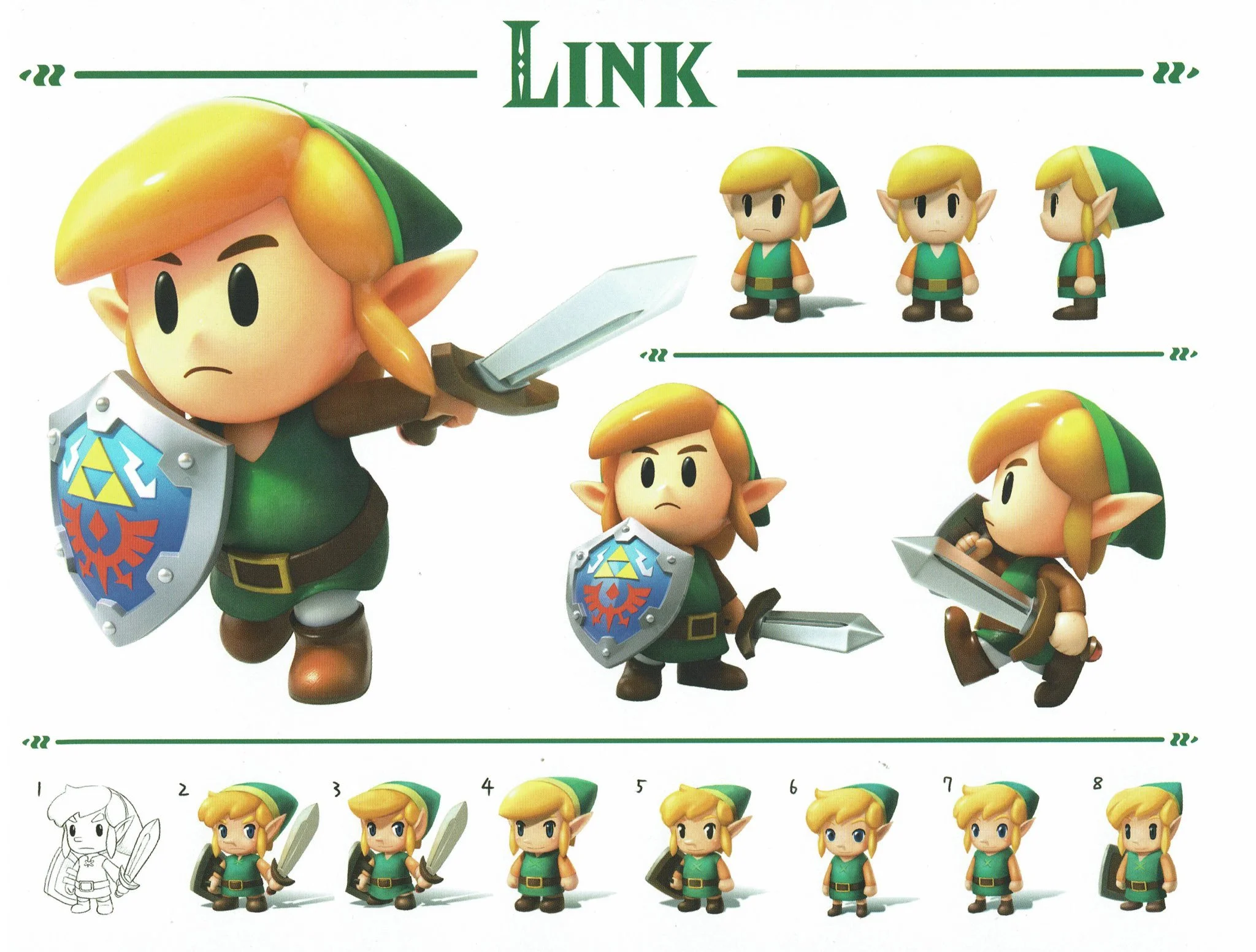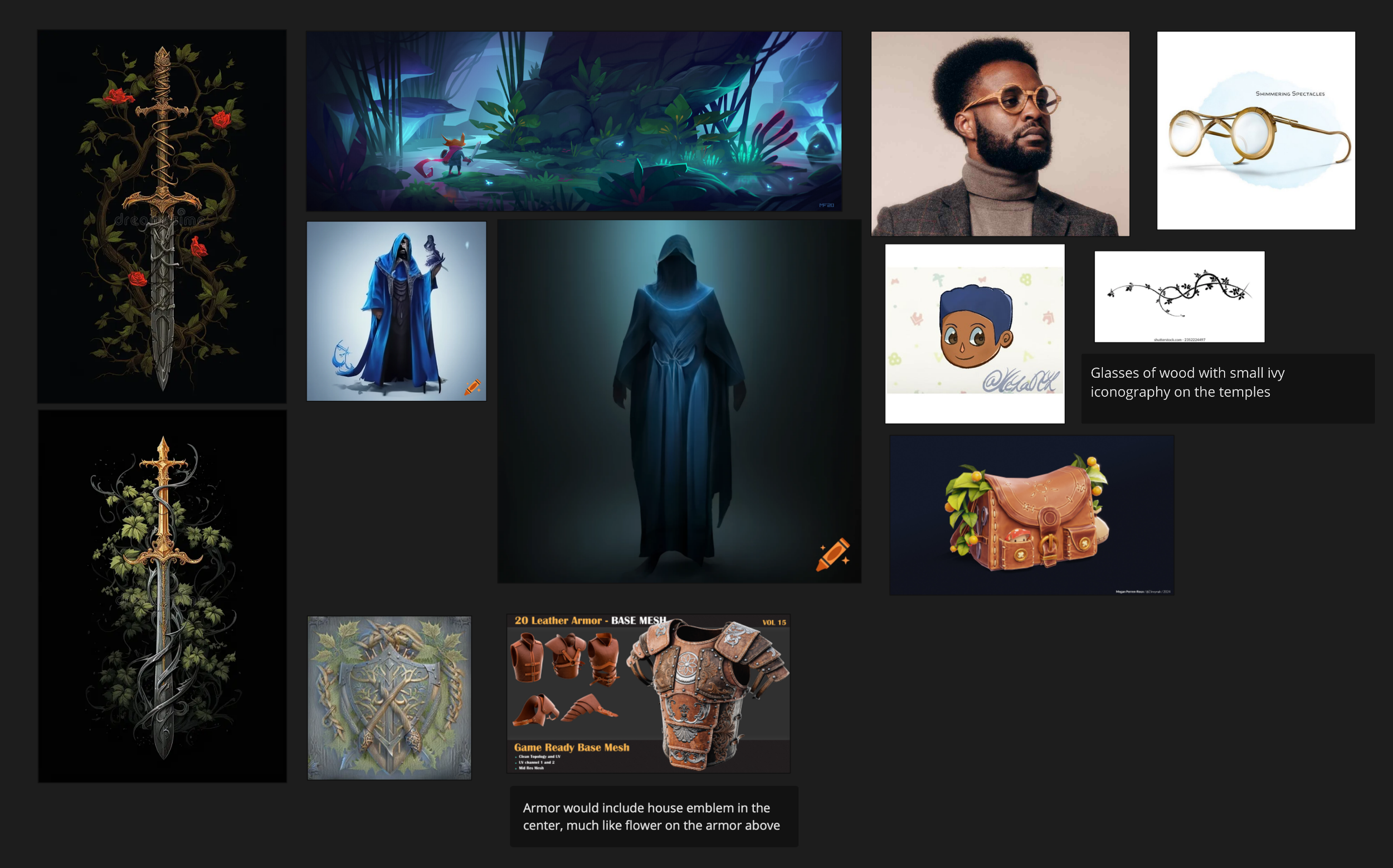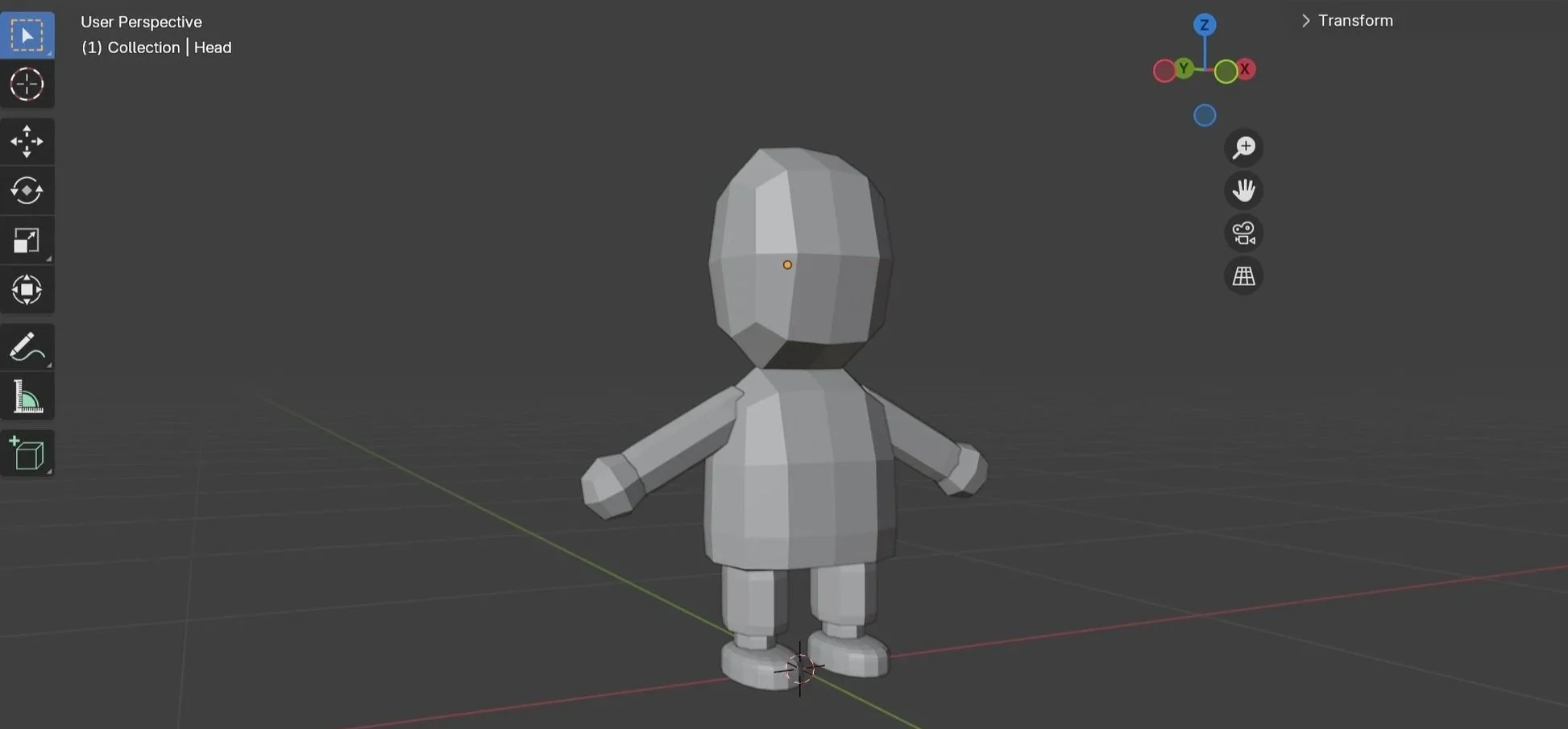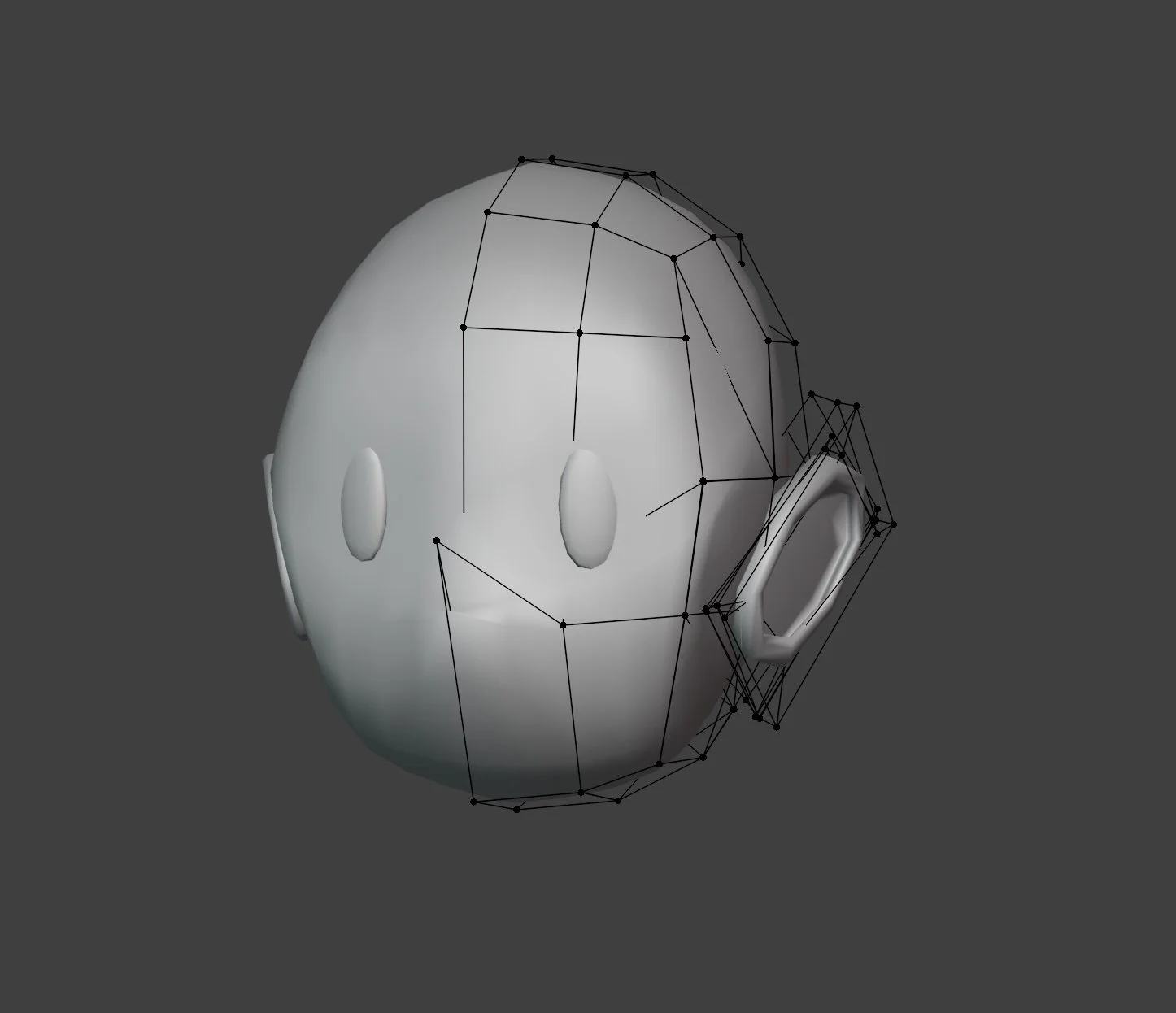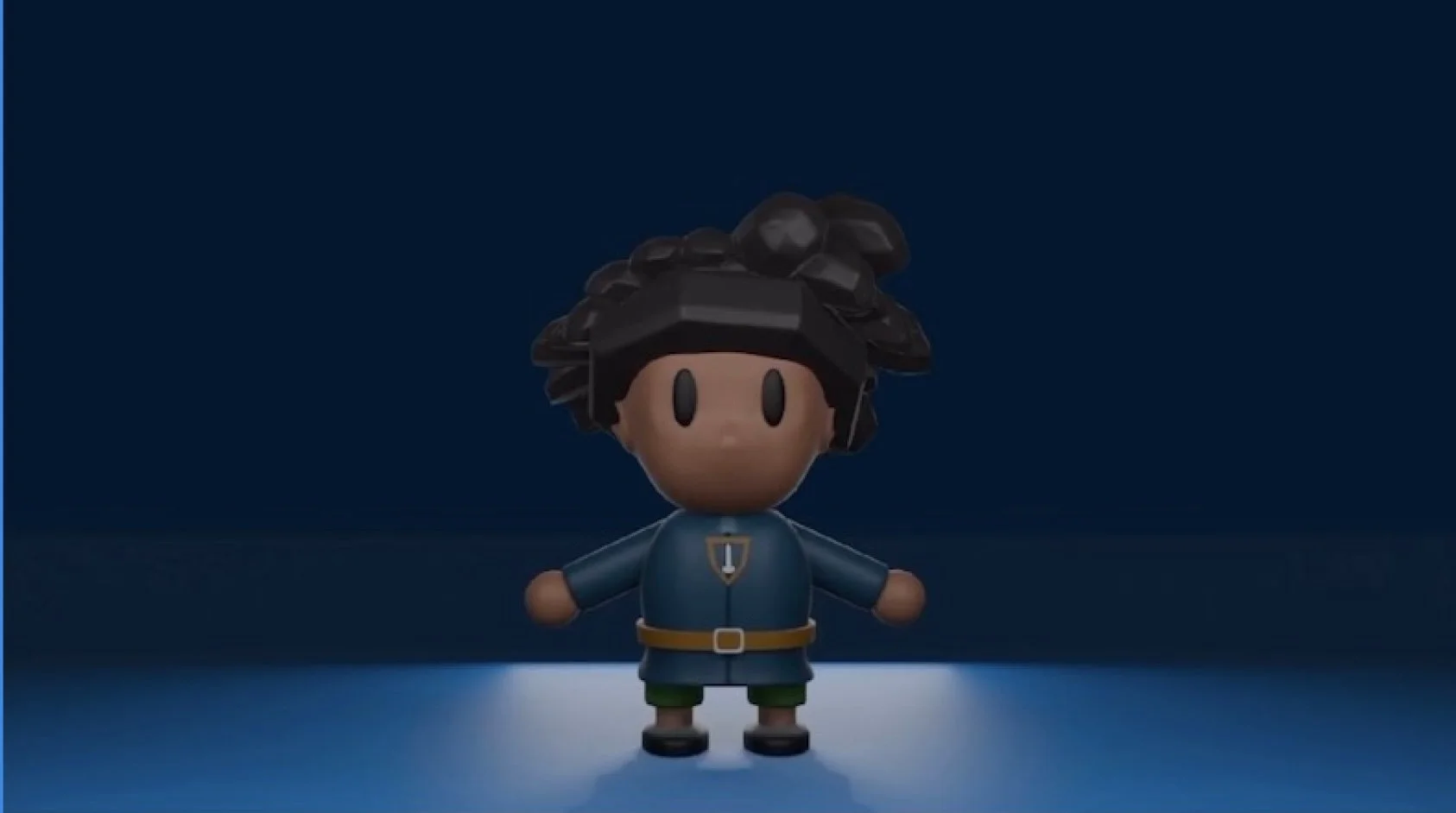
3-D Modeling - Character Development and Design
Modeling 3-D Characters
What makes a character compelling? How can you tell a story through visuals alone?
Through my course on 3-D video game character modeling, I explored how the use of colors, accessories, and attention-grabbing traits can showcase the character of individuals and organizations alike.
Project Breakdown
Task
Design a low-fidelity 3-D character of your own creation. Use references to develop initial concepts.
Method
Character references for initial concept, Blender for the modeling and painting of the 3-D character.
Challenges
Learning Blender from the ground-up through trial and error. Strategizing characterization.
Insights
How to add personality to otherwise minimally characterized 3-D models, how to approach Blender projects through concept designs and ideation.
Lo-Fi Character Creation
My first challenge in this class was to create a video game character in the style of Link’s Awakening and Animal Crossing: New Horizons. The first step of this process was understanding the art style of each of these video games.
Link, Legend of Zelda: Link’s Awakening
Step 1: Creating the Concept
Tom Nook & Isabelle, Animal Crossing: New Horizons
The first step in designing a compelling character is considering the colors, items, and detailing you want to use to show a story. Through platforms like PureRef, I create concept sheets that captured the intention I had with my character’s story and direction.
Step 2: Basic in Blender
Using Blender, I began the initial mockup for the lo-fi character. Using the general sillhouette of Link, I shaped the general look of the character. From there, I refined features using Blender’s sculpt features.
Step 3: Painting
After fine-tuning the character’s shape, it came time to add paint to bring him to life. Using the references I compiled in step 1, I gave this character a primarily royal blue outfit, drawing on fantastical themes to further provide personality to the model.

